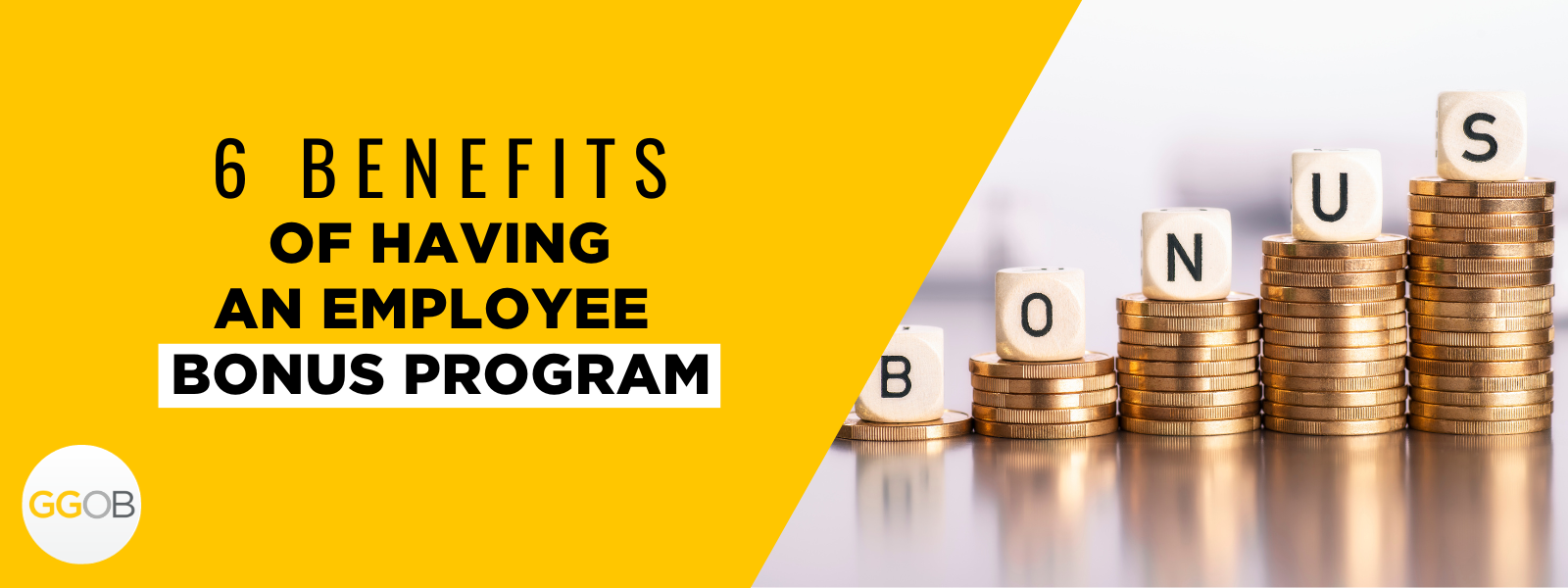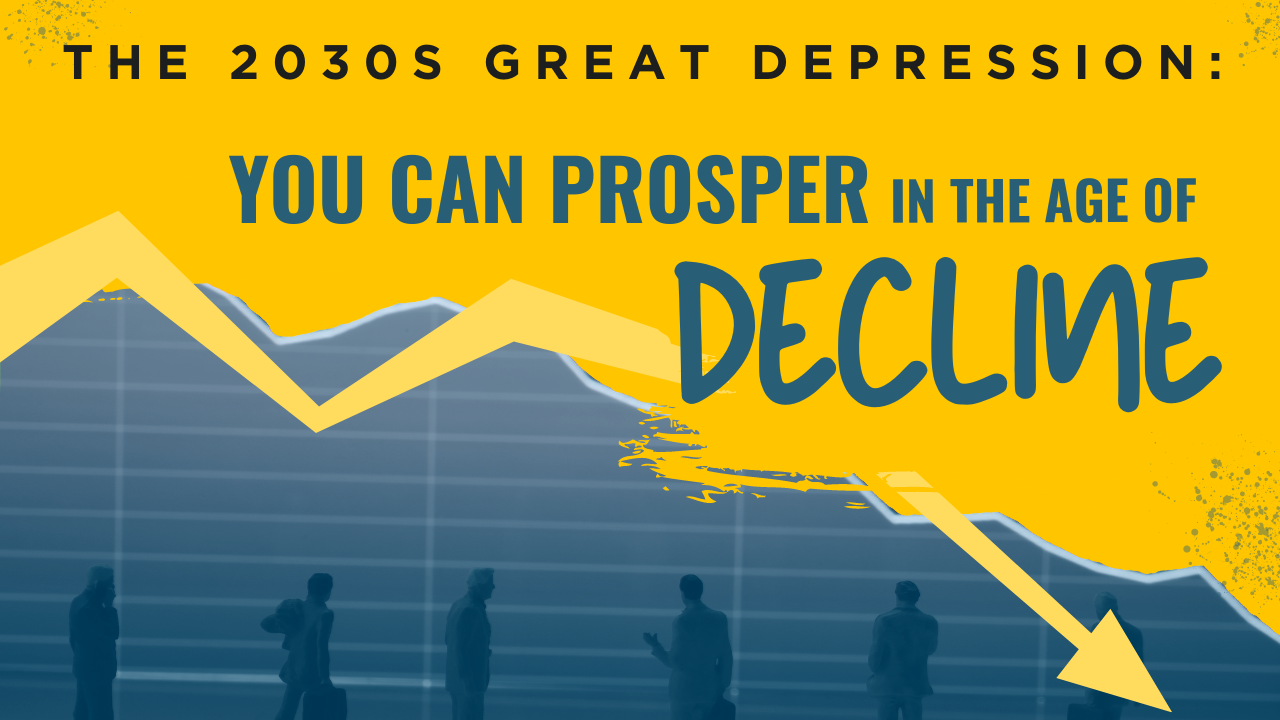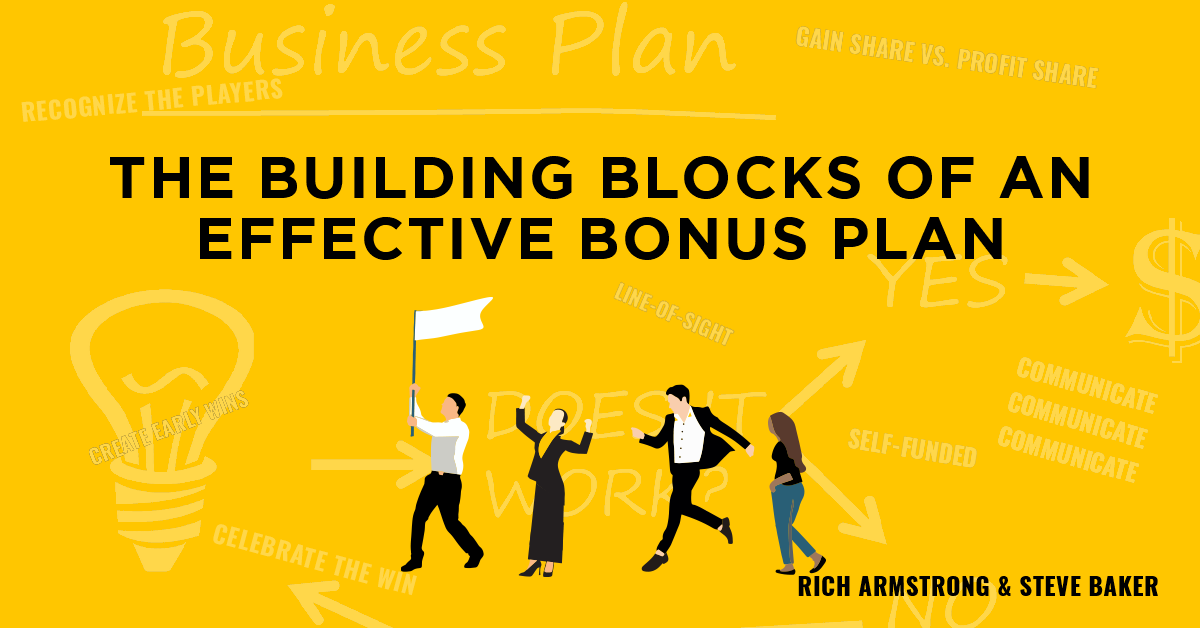
A few years ago, the Wall Street Journal ran an article about a practice called “Zero-Based Budgeting,” which is basically a cost-control process that was being embraced by big-name companies such as Heinz, Kraft, and Burger King. The idea is that companies don’t roll over budgets from year to year, but they have to make a case for new spending plans each year.
This philosophy wasn’t new—Texas Instruments experimented with it a few decades ago—but it seemed to gain popularity with investors interested in keeping costs under control. That was especially true when it came to the Kraft-Heinz merger.
But things apparently haven’t worked out. In more recent news, Kraft Heinz has seen its revenues fall and its stock price plunge as a result of prioritizing cost cuts and profits over making investments to help grow the company. Some companies don't stop at cutting the fat, they cut into the muscle and even the bone, which won’t make you stronger, it will kill you—which is perhaps what happened at Kraft Heinz.
While keeping costs down and making a case for new spending each year is almost always a good thing, how you go about that process can make all the difference in the world—which is something we have seen as a result of playing the Great Game of Business.
Zero-Based Budgeting is a Way of Thinking, Not a Tool
At SRC, where we have been playing the Great Game since our inception, we continue to practice a version of Zero-Based Budgeting. However, it’s more of a philosophy or a way of thinking rather than a tool. We also like to refer to it as Zero-Based Planning rather than budgeting. A budget is a license to spend. Budgeting sends the message that this is what is available to spend rather than what should I spend. Budgeting bolsters the “use it or lose it” thinking.
Zero-Based Planning Starts with the Top Line
At SRC, we’ve found the best way to end the year with a healthy profit margin is to base our planning not just on the bottom line, but on the top line. Sales should drive profits. If sales aren’t driving profits, we need to ask, “Why are we working so hard for so little?” There’s a reason sales is at the top of the income statement. Everything that comes after sales affects how much gross revenue ends up as net income on the bottom line. Staffing, equipment purchases, space needs, materials, customer returns and anything else that goes into your operation has some influence on whether you get the sale in the first place and on how much of that money the company gets to keep. For our people to make good spending decisions, they must buy-in to our sales targets.
At SRC, we invest a significant amount of time throughout the year to educate and communicate with everyone about our sales targets. The more knowledgeable our people are about our marketplace, our customers, and our growth opportunities, the better equipped they are in determining the appropriate investments needed to support and fund our growth.
The Top Line is the First Level of Commitment
If the support functions don’t believe in the sales plan, the entire financial plan will be built on hopes, dreams and second-guessing rather than the true resources the company needs to support the sales line. However, if you have a sales line that everyone has confidence in, the development of your financial plan can start with one simple question: “What do we absolutely need to support and fulfill the sales targets?”
This approach tends to minimize inflated budgets, while keeping people focused on making the necessary investment to grow the company. In addition, by taking the time to build confidence in the plan, you develop a sense of ownership and accountability at all levels of your business. It begins to shift the employee mindset from “that’s your plan” to “this is our plan.”
If you can rethink your approach to setting budgets by thinking more along the lines of developing an inclusive business planning process, you will not only cut costs, you’ll also invest in the future. And best of all— you’ll win the hearts and minds of your coworkers, who in the end must make it all happen. Maybe if Kraft Heinz had employed a planning process like we use, they may have seen the value in investing to support their growth. That’s how good companies evolve into great ones. And when that happens, everyone wins.
Find out how to involve the entire team in your company's planning process in our High-Involvement Planning Workshop.
Other articles you might like:
.png)












.png)
.png)
